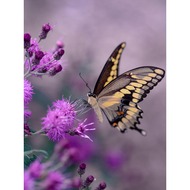K-5 Science: New and Improved Essential Question Units and Resources
(View Complete Item Description)For those who have previously discovered this resource, we would like to direct you to a new and improved version that now adds curated and freely available informational "texts" (articles, passages, e-books, videos, podcasts) to support every NGSS Performance Expectation (standard) in grades K-5. This is to support elementary teachers with designing for learning that integrates science and literacy. Click "View Resource" above for the link.This adds an additional layer to the previous resource that listed freely available activities, lessons, units, and whole-year curricula for every K-5 NGSS Performance Expectation.Please email kimberley.astle@k12.wa.us at OSPI Elementary Science with feedback and questions.
Material Type: Activity/Lab, Assessment, Homework/Assignment, Textbook, Unit of Study




















